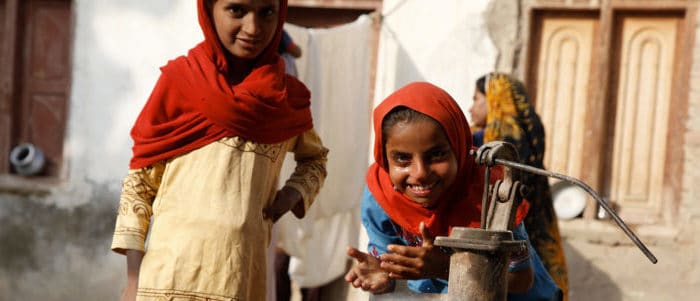September 02, 2016

The Question: India accounts for a fifth of the global deaths of children under the age of five years, topping the list of contributors to this burden. More than 300,000 under-five children in India die from diarrheal diseases each year, with an associated economic loss of (in 2013 US$) $13 billion, or 1.5 percent of gross domestic product. Using IndiaSim, a previously validated, agent-based microsimulation platform, and an iterative, stochastic procedure to simulate health and economic outcomes over time, researchers estimate the health and economic benefits of scaling up the coverage of piped water and improved sanitation among Indian households to a near-universal 95% level.
What We Found: Scaling up access to piped water and improved sanitation in India could avert nearly 50 million episodes of diarrheal disease and 77,000 deaths among the 113 million under-five children in India each year. It would also save families more than $400 million in out-of-pocket treatment costs. Scaling up services to reach about 95 percent of families would cost a total of $4.5 billion.
Why It Matters: According to CDDEP Director Ramanan Laxminarayan, “We are not saying that scaling up is a simple task—many obstacles must be overcome. However, the Government of India has taken this as a priority and has invested substantial sums already. Appreciating the huge payoff in terms of children’s lives should further encourage the Government and the public to support more aggressive efforts, especially to bridge the gap between access to sanitation and its use. A great thing is that the benefits are extremely progressive, with the poorest citizens and poorest states gaining the most, both in lives and finances.”

